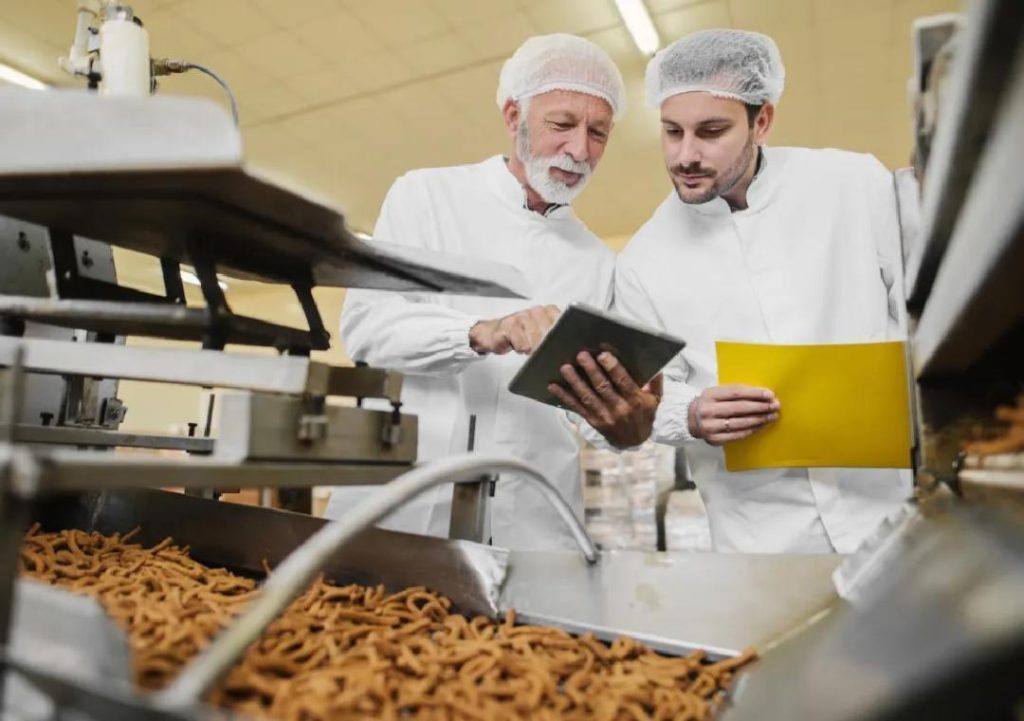
Can P&L Optimisation Redefine Success in Food Technology?
The food technology industry is rapidly evolving, with companies adopting innovative strategies to stay ahead of the competition. One critical area that can significantly impact a food tech company’s success is profit and loss (P&L) operation. By streamlining P&L operations, food technology companies can cut waste, sharpen demand forecasting, and make better decisions. In this blog post, we’ll explore how P&L optimisation can redefine success in food technology.
The Importance of P&L Operations in Food Technology
P&L operations are the backbone of any business, and in the food technology industry, it’s especially crucial. Food tech companies operate in a highly competitive market, where margins are thin and costs are high. To stay competitive, food tech companies need to optimise their P&L operations to ensure profitability.
P&L operations involve managing costs, revenues, and expenses to achieve a desired level of profitability. In food technology, P&L operations are complex, with multiple variables to consider, such as production costs, raw material costs, packaging costs, and distribution costs. Moreover, food tech companies face unique challenges, such as food safety regulations, quality control, and supply chain disruptions.
How P&L Optimisation Can Improve Profitability
So, how can P&L optimisation improve profitability in food technology? Here are some ways:
-
Automation: Automation can streamline P&L operations, reducing manual errors and increasing efficiency. Automated systems can track inventory, manage production, and monitor costs in real-time, enabling food tech companies to make data-driven decisions.
-
Smart Inventory Systems: Smart inventory systems can help food tech companies manage inventory levels, reducing stockouts and overstocking. These systems can also track inventory movement, enabling companies to identify bottlenecks and optimize their supply chain.
-
Data Analytics: Data analytics can help food tech companies gain insights into their P&L operations, enabling them to make informed decisions. Data analytics can help companies identify areas of waste, track production costs, and monitor customer demand.
-
Scalable Models: Scalable models can help food tech companies grow sustainably, reducing costs and increasing profitability. Scalable models can also help companies adapt to changing market conditions, such as shifts in consumer demand or supply chain disruptions.
Benefits of P&L Optimisation in Food Technology
By adopting P&L optimisation strategies, food tech companies can reap several benefits, including:
-
Improved Profitability: P&L optimisation can help food tech companies reduce costs, increase revenues, and improve profitability.
-
Better Decision-Making: P&L optimisation can provide food tech companies with real-time insights, enabling them to make data-driven decisions.
-
Increased Efficiency: Automation, smart inventory systems, and data analytics can streamline P&L operations, reducing manual errors and increasing efficiency.
-
Competitive Advantage: By adopting P&L optimisation strategies, food tech companies can gain a competitive advantage, outperforming their competitors and staying ahead of the curve.
Case Studies: P&L Optimisation in Food Technology
Several food tech companies have successfully implemented P&L optimisation strategies, achieving significant improvements in profitability and efficiency. Here are a few case studies:
-
Food startup, FreshBox, implemented a smart inventory system to manage their inventory levels. The system reduced stockouts by 30% and overstocking by 25%, resulting in a 15% increase in profitability.
-
Meal kit delivery company, Chef’s Plate, automated their production process, reducing production costs by 20%. The company also implemented data analytics to track customer demand, increasing their sales by 10%.
-
Food manufacturing company, Kraft Heinz, implemented a scalable model to manage their production capacity. The company reduced costs by 15% and increased their production capacity by 20%, enabling them to meet growing demand.
Conclusion
P&L optimisation is critical in the food technology industry, enabling companies to improve profitability, efficiency, and competitiveness. By adopting automation, smart inventory systems, data analytics, and scalable models, food tech companies can redefine success and stay ahead of the competition. As the food technology industry continues to evolve, it’s essential for companies to prioritise P&L optimisation to achieve sustainable growth and profitability.
News Source:
https://www.growthjockey.com/blogs/p-and-l-operations-in-food-tech






